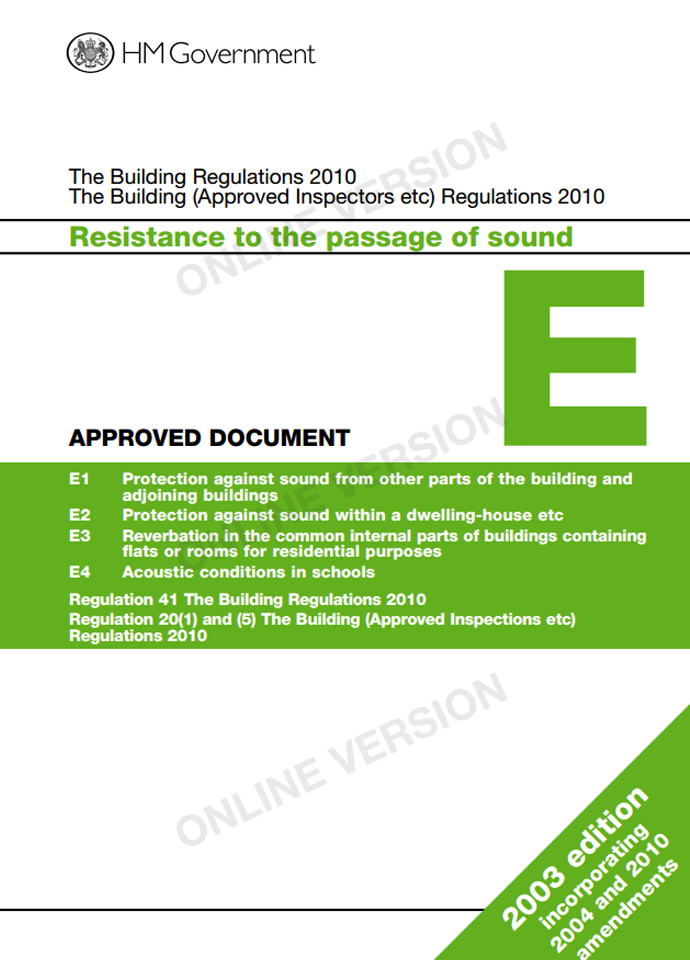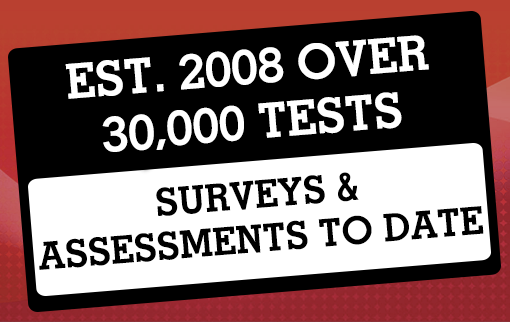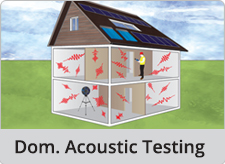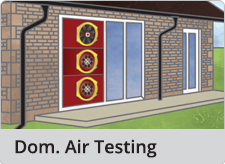Offices Nationwide

Noise Disturbance
Building acoustics can help to mitigate the effects of noise disturbance which can have negative effects on your health and well-being...more

Sound Intensity
Sound intensity's measured in Decibels (dB). An logarithmic scale where an increase of 10 dB gives an apparent doubling of loudness...more
Part E
Resistance of the Passage of Sound

South Woodham Ferrers - Room Integrity Testing - 020 3390 0301
The office that covers this area is: London
Phone Number: 020 3390 0301 Email: south-woodham-ferrers@e2consultants.co.uk
Our other services include:
Room Integrity Testing can also be known as:
Fire Suppression Testing, Server Room Testing, Fire Suppression Room Integrity Testing,


Copyright 2025 E2 Specialist Consultants Limited
Company No. 06728970








































